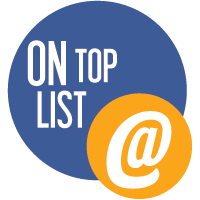If you're conducting searches and are concerned that your site isn't coming up on the search results page but your competitors are you should take the opportunity to review their digital ecosystem and see what they are doing starting with reviewing their website and any social media sites.
You can start by focusing on their service pages and analyzing the keywords they are using - this may also inform your own product strategy as it will help identify common industry terms and can help reveal gaps in services that you may already be doing but not communicating. You can also do a quick count of keywords they are using and do a search on their site on keywords.
You can then look at their thought leadership - what are they writing about? What formats and channels are they using? This includes their social presence, any blogs and video use. What aren't they writing about? What aren't they doing that you might be able to do?
You can take your assessment a step further and review RFPs and your responses. What are RFPs asking for? What words are being used? These are critical as they are from prospects. Are the words they use to refer to services reflected on your website? Have they posed any challenges and requests to know how you would handle them? Do you have that content also on your website (e.g. 5 things you can do to manage X challenge...).
Once you've identified content and services your competitors have that you don't, and you've identified gaps in content, you should add it to your site.
Make a point of reviewing your content annually and monitor competitor activity (e.g. using things like Google Alerts) to keep content relevant and competitive. Think of new ways to stay one step ahead of your competitors - look at trends, assess RFP activity and questions being asked, document discussions from conferences and tradeshows and get ideas for new content.
Subscribe to:
Post Comments (Atom)





No comments:
Post a Comment